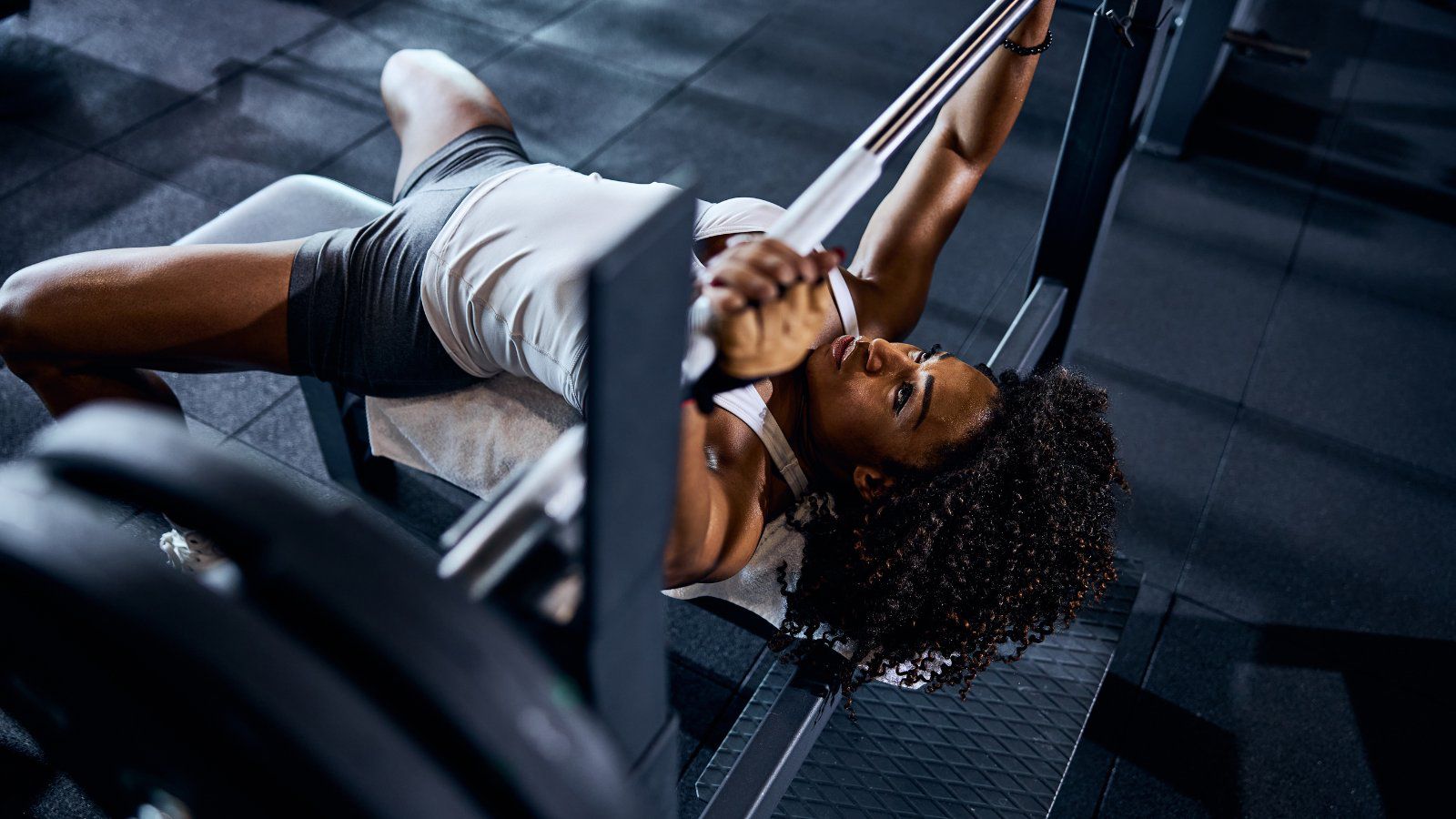
Phases of the Menstrual Cycle and Their Effects on Performance
The menstrual cycle consists of four main phases – menstruation, follicular, ovulation, and luteal. Each phase brings unique hormonal changes that can influence a woman’s energy levels, strength, endurance, and overall athletic performance.
1. Menstruation
During the first few days of the cycle, women may experience cramps, fatigue, and decreased strength and endurance due to the drop in estrogen and progesterone levels.
2. Follicular
As estrogen levels rise, women often feel more energized and experience improved endurance and power output. This is an ideal time to focus on high-intensity training.
3. Ovulation
Around day 14, estrogen peaks, which can lead to increased muscle activation and coordination. This is a great phase for skill- based activities and competitions.
Optimising Training During Different Phases
By understanding the hormonal shifts throughout the menstrual cycle, women can strategically plan their training to maximize performance and minimize the impact of any negative symptoms.
Menstruation
During this phase, focus on lower-intensity workouts, such as yoga, Pilates, or light cardio. Allow for more rest and recovery, and consider using heat pads or pain relievers to manage cramps.
Follicular
This is an excellent time to push your limits with high- intensity interval training, weightlifting, and endurance activities. Your body is primed for peak performance.
Ovulation
Capitalise on your improved coordination and skill during this phase by practicing technical sports, such as gymnastics, dance, or martial arts. This is also a good time for competitions.
Nutrition and Supplementation for Menstrual Cycle Management
Proper nutrition and targeted supplementation can help alleviate menstrual-related symptoms and support athletic performance throughout the cycle.
1. Increase Magnesium
Magnesium can help reduce cramps, bloating, and mood swings during the luteal and menstrual phases.
2. Boost Omega-3s
Omega-3 fatty acids can decrease inflammation and provide pain relief for menstrual cramps.
3. Prioritize Iron
Iron-rich foods and supplements can help maintain healthy hemoglobin levels and prevent anemia during heavy bleeding.
4. Stay Hydrated
Increased water intake can alleviate bloating and other premenstrual symptoms.
Debunking Myths about Women’s Training on Their Periods
Despite the growing awareness around the menstrual cycle and its impact on athletic performance, several myths and misconceptions still persist. Let’s address some of the most common ones:
Myth: Women should avoid exercise during their periods.
The truth is, light to moderate exercise can actually help alleviate menstrual cramps and discomfort. It’s important to listen to your body and adjust your training accordingly.
Myth: Women should not compete or participate in sports during their periods.
There is no scientific evidence to support the idea that women should avoid competitions or events due to their menstrual cycle. With proper management and adaptations, women can perform at their best regardless of their cycle phase.
Myth: Menstrual-related symptoms always hinder athletic performance.
While menstrual symptoms can impact performance for some women, others may not experience any significant changes. Individual responses can vary widely and should be recognized accordingly.